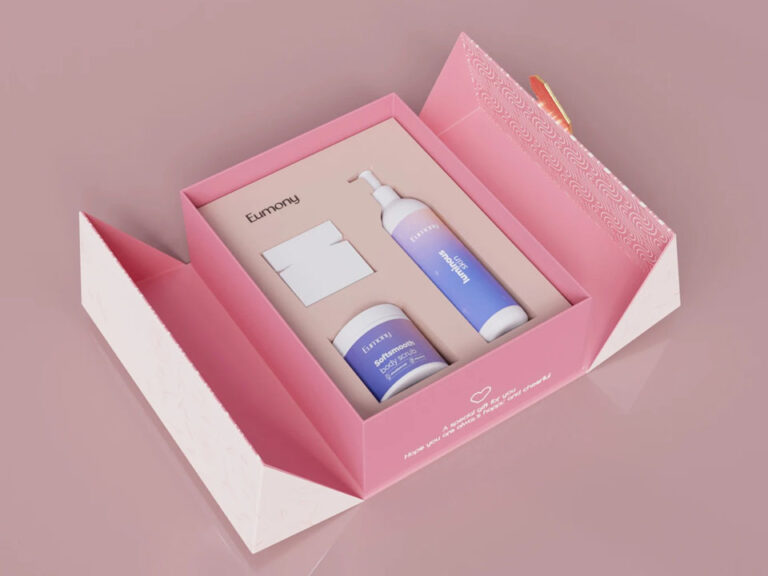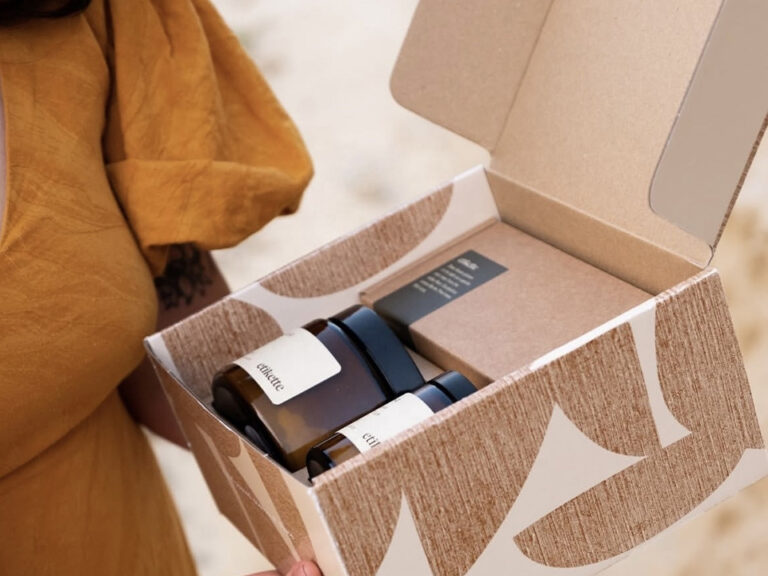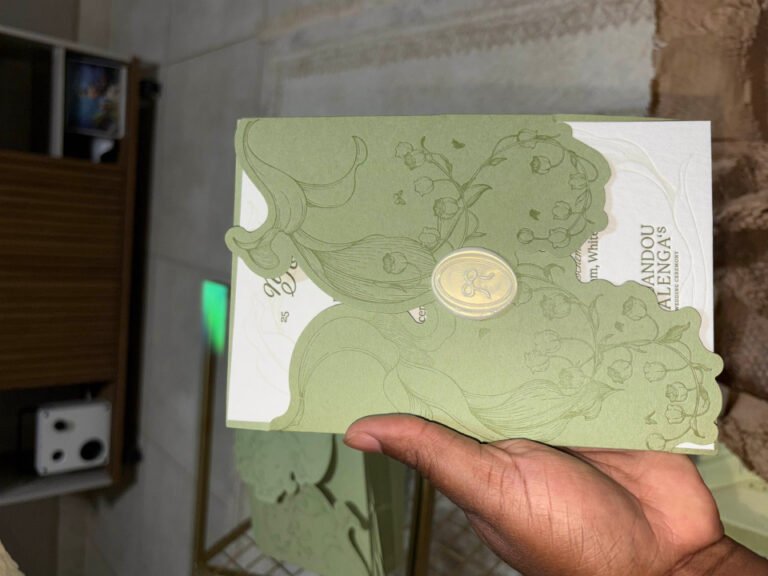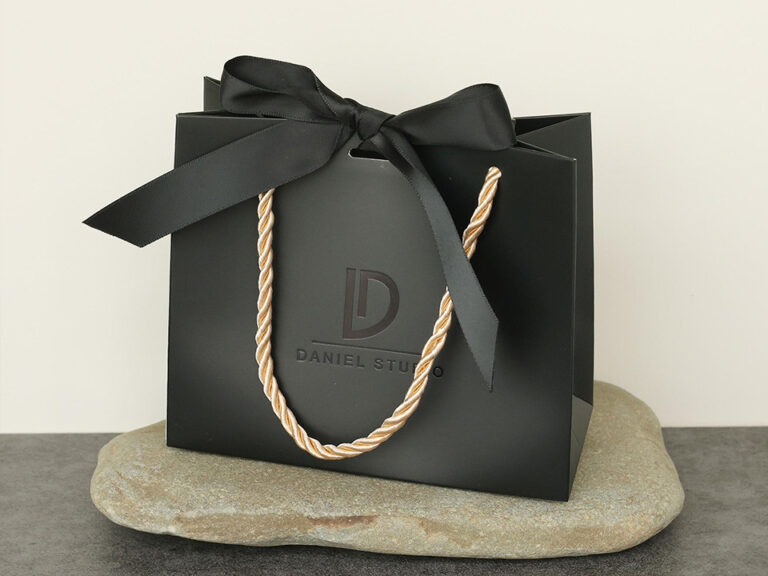Sustainable and Stunning: The Art of Eco-Friendly Gift Box Packaging and Color
Gift-giving is a cherished tradition, and beautiful gift box packaging enhances the experience. However, with increasing environmental awareness, the focus is shifting towards sustainable options. This article explores how to create exquisite, eco-friendly gift box packaging while mastering the art of color matching to create a truly memorable and responsible presentation. Learn how to make your gifts both beautiful and kind to the planet.
Table of Contents
1. The Importance of Gift Box Packaging in Modern Gift-Giving (Cultural Significance, First Impressions)
In many cultures, gift-giving is a deeply ingrained tradition, symbolizing appreciation, love, and celebration. Gift box packaging plays a crucial role in this ritual, acting as the first point of contact and creating a sense of anticipation and excitement. A beautifully presented gift conveys thoughtfulness and care, enhancing the overall gifting experience. The packaging sets the tone for the gift inside and can significantly impact the recipient’s perception.
The choice of gift box packaging can significantly impact a first impressions. Gift box packaging should be exquisite, as many gifts are used to commemorate special occasions.
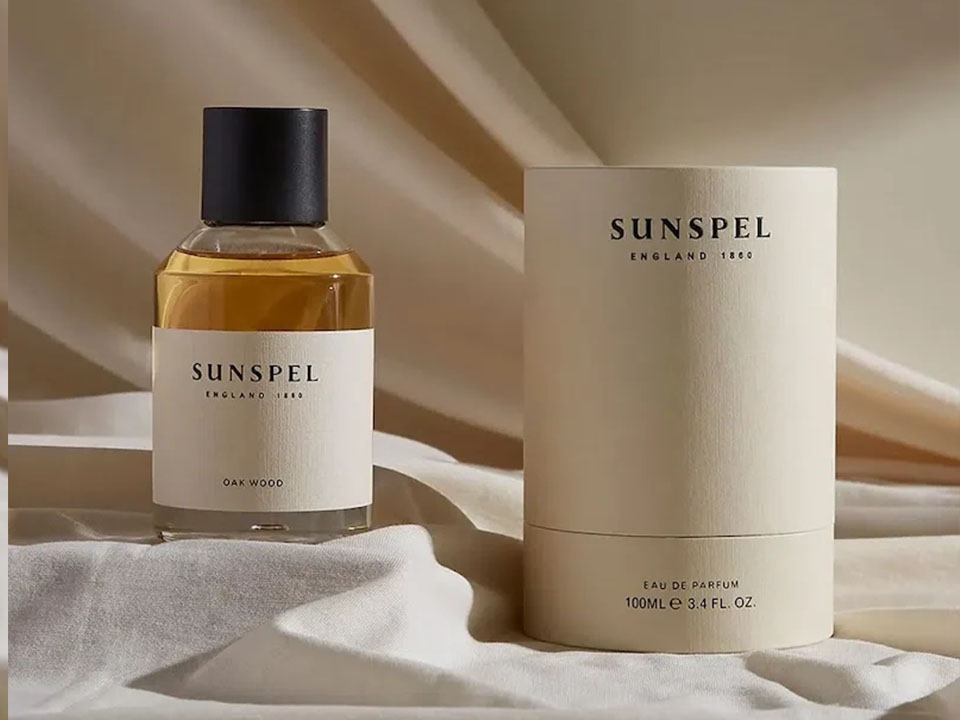
2. Why Choose Eco-Friendly Gift Box Packaging? (Environmental Impact, Consumer Demand)
Traditional gift packaging often involves materials that are harmful to the environment, such as non-recyclable plastics, excessive paperboard, and chemical-laden inks. Choosing eco-friendly gift box packaging is a responsible way to minimize your environmental footprint. Consumers are increasingly aware of the impact of their choices, and they are actively seeking out brands and products that prioritize sustainability. Opting for eco-friendly options demonstrates a commitment to environmental responsibility and resonates with a growing segment of conscious consumers. The environmental impact is reduced by responsible choices.
3. Sustainable Materials for Gift Box Packaging: Exploring Your Options (Recycled Paper, Plantable Packaging, Fabric Wraps)
There’s a wide array of sustainable materials available for creating beautiful and eco-friendly gift box packaging:
Recycled Paper and Cardboard: Choosing boxes made from recycled paper or cardboard reduces the demand for virgin wood pulp, conserving forests and reducing waste. Look for certifications like FSC (Forest Stewardship Council) to ensure responsible sourcing.
Plantable Packaging: This innovative option uses seed-embedded paper that can be planted after use, growing into wildflowers or herbs. It’s a zero-waste solution that adds an extra element of delight. Fabric Wraps (Furoshiki): Inspired by the Japanese tradition of Furoshiki, using fabric wraps to enclose gifts is a beautiful and reusable alternative to paper. Choose organic cotton, linen, or recycled fabrics. Mushroom Packaging: made from agricultural waste and mycelium (the root structure of mushrooms), mushroom packaging is a surprisingly strong and completely compostable alternative to styrofoam and other plastics. Kraft Paper: This is a very popular choice, this natural, unbleached paper is biodegradable and compostable, offering a rustic and eco-friendly aesthetic.
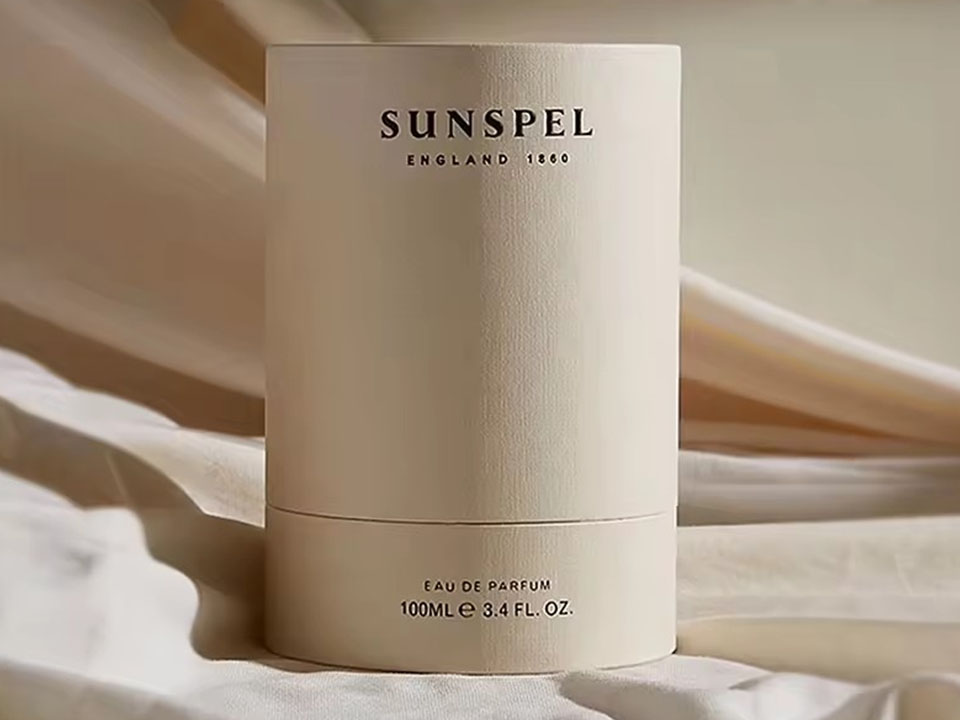
4. The Power of Color in Gift Box Packaging: Creating the Right Mood (Color Psychology, Emotional Response)
Color plays a significant role in how we perceive things, and gift box packaging is no exception. Different colors evoke different emotions and associations. For example:
Red: Passion, excitement, energy Blue: Calmness, trust, serenity Green: Nature, growth, harmony (perfect for eco-friendly themes) Yellow: Happiness, optimism, cheerfulness Purple: Luxury, creativity, wisdom Black: Sophistication, elegance, mystery Gold and silver: Special, rare colors. Understanding color psychology can help you choose colors that align with the occasion and the message you want to convey. Color matching is crucial for the overall look.
5. Mastering Color Matching for Gift Boxes and Ribbons (Complementary Colors, Analogous Colors, Monochromatic Schemes)
Creating a visually appealing gift box involves careful color matching between the box, ribbon, and any other embellishments:
Complementary Colors: Colors opposite each other on the color wheel (e.g., red and green, blue and orange) create a vibrant and dynamic contrast. Analogous Colors: Colors next to each other on the color wheel (e.g., blue, blue-green, green) create a harmonious and calming effect. Monochromatic Schemes: Using different shades and tints of a single color (e.g., light blue, medium blue, dark blue) creates a sophisticated and elegant look. Using gold and silver are all-match colors. Choosing the right color can help set the tone.

6. Eco-Friendly Inks and Dyes: Reducing the Environmental Footprint (Soy-Based Inks, Water-Based Inks, Natural Dyes)
Traditional printing inks often contain volatile organic compounds (VOCs) that can be harmful to the environment and human health. Opting for eco-friendly inks and dyes is a crucial step in creating sustainable gift box packaging:
Soy-Based Inks: Made from soybean oil, these inks are a renewable resource and release fewer VOCs than petroleum-based inks. Water-Based Inks: These inks use water as the primary solvent, significantly reducing VOC emissions. Natural Dyes: For fabric wraps and ribbons, consider using natural dyes derived from plants, fruits, and vegetables.
7. Beyond the Box: Sustainable Ribbons and Embellishments (Organic Cotton Ribbon, Recycled Fabric Ribbon, Natural Decorations)
Complete your eco-friendly gift box packaging with sustainable ribbons and embellishments:
Organic Cotton Ribbon: Choose ribbon made from organic cotton, grown without harmful pesticides. Recycled Fabric Ribbon: Look for ribbons made from recycled materials, such as plastic bottles or textile scraps. Natural Decorations: Instead of plastic bows or glitter, use natural elements like dried flowers, leaves, twine, or small sprigs of greenery. Hemp and Jute ribbons: Both very strong and biodegradable.
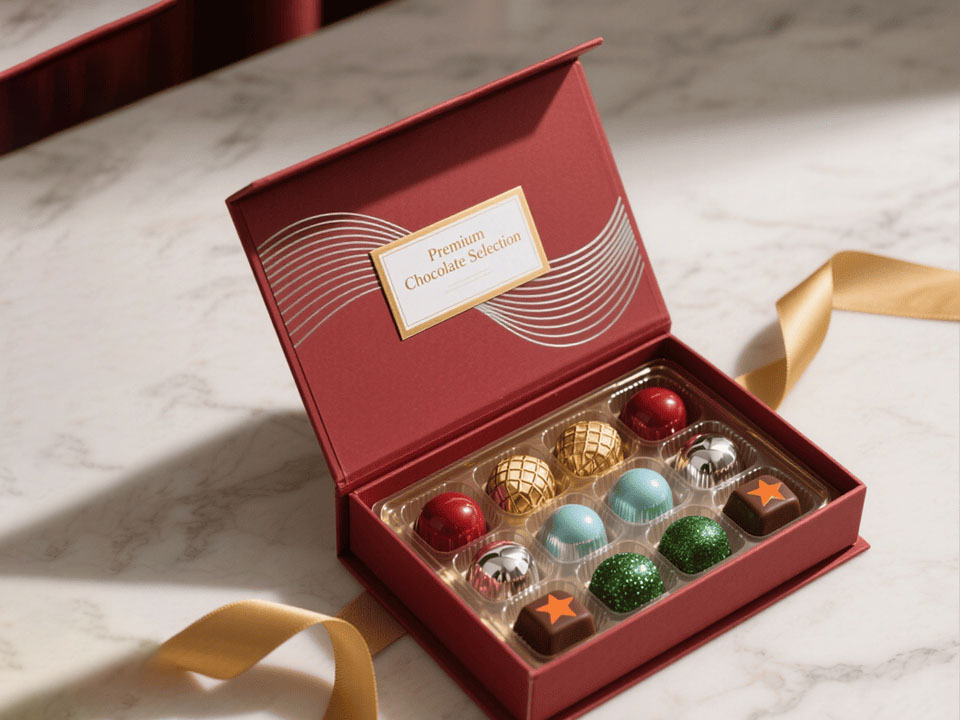
8. Minimalist Packaging: Less is More (and More Sustainable) (Reducing Waste, Simplifying Design)
Embracing a minimalist approach to gift box packaging is both stylish and sustainable. Reducing the amount of materials used, simplifying the design, and avoiding unnecessary embellishments minimizes waste and environmental impact. A simple, elegant design can be just as impactful as an overly elaborate one.
9. Reusable Gift Packaging: Encouraging a Circular Economy (Gift Boxes as Keepsakes, Fabric Wraps)
Encourage a circular economy by choosing gift packaging that can be reused. Sturdy, well-made boxes can be kept and repurposed for storage or future gifting. Fabric wraps, like Furoshiki cloths, are inherently reusable and can be used for a variety of purposes.
10. Inspiring Examples of Beautiful and Sustainable Gift Packaging (Case Studies, Design Ideas)
Kraft paper boxes tied with natural twine and adorned with a sprig of rosemary. Plantable seed paper boxes decorated with simple, hand-drawn designs using soy-based inks. Fabric wraps in vibrant colors and patterns, tied with reusable fabric ribbon. Recycled cardboard boxes with minimalist designs, showcasing the beauty of the material itself. Reusable wooden or metal boxes are a perfect long term, eco-friendly, solution. In conclusion, creating exquisite and eco-friendly gift box packaging is not only possible but also a powerful way to show you care – both for the recipient and the planet. By choosing sustainable materials, mastering the art of color matching, and embracing a minimalist approach, you can create truly memorable and responsible gifts.







